Mauna Kea, Hawaii —(Map)
A team of scientists have discovered that the clouds covering the planet Uranus smell like rotten eggs. The scientists found this out by studying the sunlight bouncing off of Uranus’s clouds.
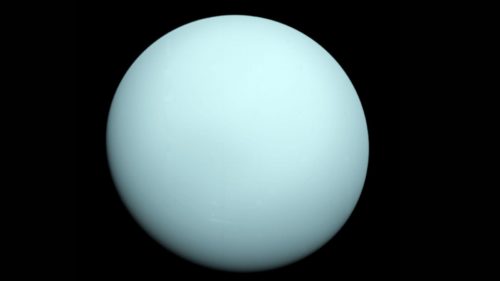
(Source: NASA.)
Scientists have thought for a long time that the clouds of Uranus might have a lot of hydrogen sulfide in them. But until recently, no one could prove it. Hydrogen sulfide is a gas which has a strong smell that reminds many people of rotten eggs.
To find the answer, scientists from many countries, including the US and the UK, studied the light coming off of the clouds on Uranus. Although sunlight may look like it’s one color, it is actually many colors.
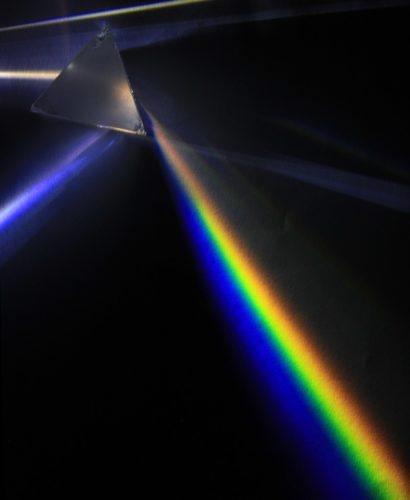
Some parts can’t be seen by humans.
(Source: D-Kuru, from Wikimedia Commons.)
Some parts of the light, called “infrared”, can’t be seen by humans. Most TV remotes, for example, use infrared light to send signals to the TV. If you look at the remote, you won’t see it light up, but a camera can take a picture of it. Even infrared light can be split up into different kinds of light.
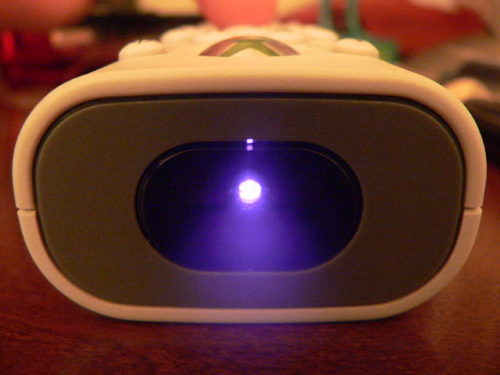
(Source: RockMancuso , from Wikimedia Commons.)
The scientists worked at the Gemini North Observatory in Mauna Kea, Hawaii. They used a special tool to study images of Uranus taken with the telescope there.
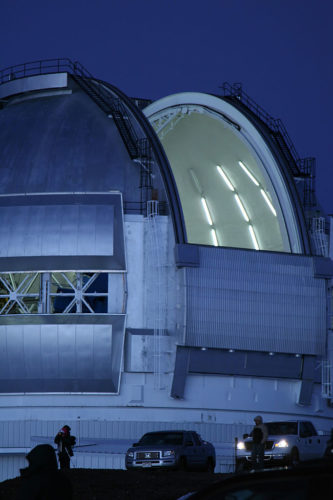
(Source: Vadim Kurland, via Wikimedia Commons.)
By looking at what kinds of infrared light went into the clouds and what bounced off, they were able to prove that Uranus’s clouds have lots of hydrogen sulfide.
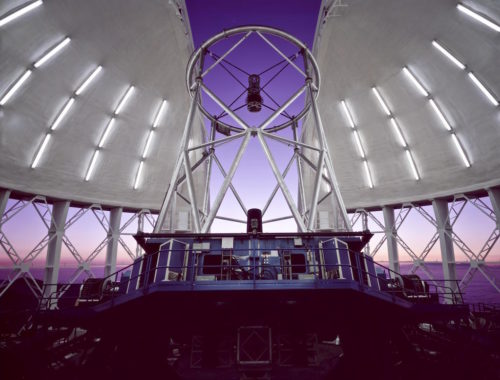
(Source: Gemini Observatory/AURA, Gemini Observatory.)
The news is important because it proves that Uranus (and probably Neptune) are very different from Jupiter or Saturn, where the upper clouds do not have hydrogen sulfide. The information may one day help scientists figure out how the planets were made and where they came from.
One of the scientists, Patrick Irwin, said that if any unlucky human went down through Uranus’s clouds, “…they would be met with very unpleasant and odiferous (smelly) conditions.” But he also pointed out that the smell would be a small problem compared to the fact that there is no air to breathe and that temperatures can drop below -200° Celsius (-328° Fahrenheit).
😕
This map has not been loaded because of your cookie choices. To view the content, you can accept 'Non-necessary' cookies.
